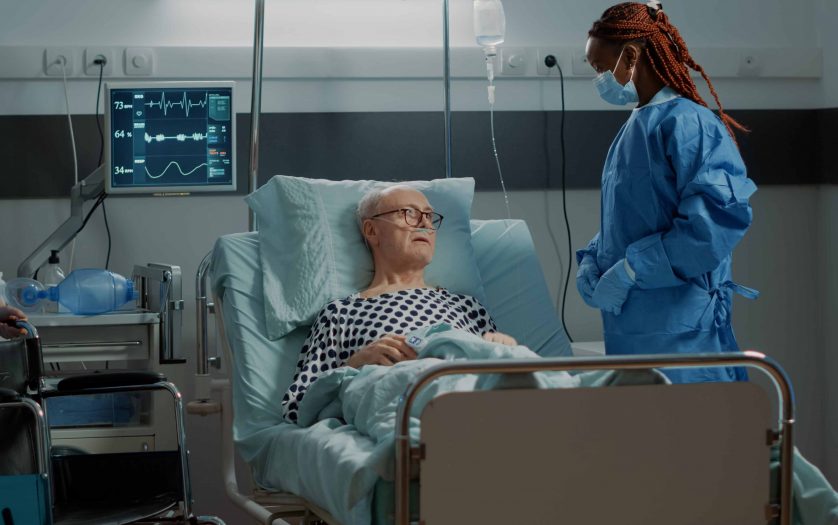
The American College of Surgeons Trauma Quality Programs (ACS TQP) recently announced new guidelines on spine injuries to provide trauma centers with a practical guide to evaluate and manage adult patients with spinal injury.
The recently released ACS TQP Spine Injury Best Practices Guidelines was developed from evidence-based literature and expert input from leaders in the fields of neurosurgery and orthopaedic surgery.
“Fractures of the spinal column represent a small proportion of all fractures from traumatic injury with an incidence ranging from 4 to 23 percent,” authors note in the guidelines’ introduction. “However, their impact on the individual and the health care system is significant because of their potential for long-term disability, the associated health care consequences, and costs.”
The Spine Injury Best Practices Guidelines provide a practical guide for the evaluation and management of an adult patient with a spinal injury, including both spinal column fracture and spinal cord injury (SCI). The Best Practices project team at ACS collaborated with a panel of guest experts to create the guideline.
“The Spine Injury Best Practices Guidelines is an excellent resource for the diagnosis and management of the trauma patient with spine and spinal cord injuries. The section on implementation suggests how to incorporate the recommendations into each trauma center’s care and the section on integration provides methods for integrating care for spine injury into trauma center performance improvement. Overall, I believe that it will improve care for the spine and spinal cord injured patient,” said Christine Cocanour, MD, FACS, Chair of the ACS Committee on Trauma’s Best Practices Guidelines Committee.
The Spine Injury Best Practices Guidelines begin with the epidemiology of spinal injury, followed by reviews of pre-hospital spinal motion restriction, cervical collar clearance, and appropriate imaging. It also includes information on the following topics:
- Completing a physical exam for evaluation of spinal cord injury
- The classification systems for both spinal column injury and spinal cord injury
- The indications for nonoperative and operative management for both blunt and penetrating spinal injuries
- The use of mean arterial pressure-directed therapy and the limitations of its supporting data
- Management of venous thromboembolism prophylaxis, neurogenic and spinal shock, SCI-induced bradycardia, ventilator management in a patient with high SCI, and analgesia.
The guidelines further address prevention and management of issues related to prolonged hospital care for spine injury patients and the importance of early mobilization and rehabilitation. Finally, the guidelines also address the implementation of the Spine Injury Best Practices Guidelines into trauma center protocols and integration of this information into a trauma center’s performance improvement processes.
For more information, visit the ACS website.








